ARTICLE AD BOX

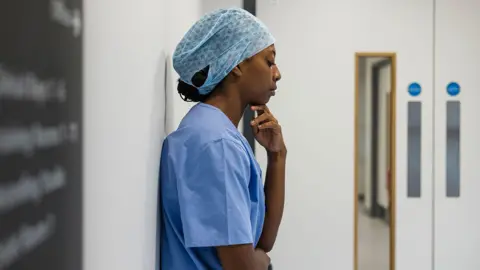 Getty Images
Getty Images
Julia’s first four years as a physician associate were everything she hoped they would be. After working in the NHS for the best part of a decade in a non-patient facing role, she was delighted to be on the wards supporting doctors and the wider healthcare teams.
“I loved the contact I had with patients, assessing them and playing a part in their care. I felt supported and part of a team.”
That all changed about a year ago.
“Suddenly we came under attack. Doctors in the radiology department started refusing to talk to me about scans and others have been saying we don’t deserve to get paid what we do.
“The atmosphere has totally changed. We’ve even stopped going into the canteen as we were being made to feel uncomfortable.”
'Destructive situation'
Julia is far from alone. United Medical Associate Professionals (UMAPs), a body which represents physician (PAs) and anaesthesia associate (AAs), says there are countless examples like this with staff facing bullying and being sidelined.
The Academy of Medical Royal Colleges, which represents senior doctors in the NHS, has warned the whole situation has become so “destructive” that it is damaging teamwork across hospitals and GP surgeries where PAs and AAs work.
It has cited the particularly acrimonious debate on social media, which has seen regular attacks about the pay and professionalism of PAs and AAs as well as discussions about how they can be undermined in the workplace.
This week the Health Secretary Wes Streeting decided he needed to act, ordering a review into PAs and AAs in England to resolve what he said had become a “toxic” row.
So how has it come to this, with doctors turning against the very people brought in to support them?
The PA role is hardly new in the NHS – it has been around for 20 years, helping doctors by doing tasks such as taking medical histories and carrying out examinations.
What has changed is the speed at which they are being recruited – over the last seven years the numbers have gone from a few hundred to 3,500 currently with a target of 12,000, including AAs, by 2036.
'More of a hindrance than a help'
As the numbers have been increasing doctors have become concerned the lines between professions are getting blurred.
Sam is five years into his training and works alongside PAs in a hospital in the south west. “They are more of a hindrance than a help,” he says. “They’re being placed on rotas instead of doctors – but there are things they cannot do so doctors end up having to double up.
“And for those doctors at the very start of training having PAs on a ward can actually limit their exposure to some of the medical tasks that should be part of their learning. We’ve had enough.”
The doctors' union, the British Medical Association (BMA), is so concerned it now wants the rollout to be paused while the review takes place.
It says PAs and AAs, who need to complete a two-year master’s following a first degree, which is normally bioscience-related, are being asked to do tasks they are not meant to and filling in for doctors. It argues this is putting patients at risk.

 Family handout
Family handout
Emily Chesterton died aged 30 after two appointments with a physician associate whom she believed was a GP
To back up its claims, it points to two high-profile cases where patients – Emily Chesterton and Susan Pollitt - died after being seen by PAs.
Alongside this, the BMA also cites a survey published last year of 18,000 of its members, which found nearly nine in 10 of those that responded felt the way AAs and PAs currently work in the NHS always or sometimes posed a risk to patient safety.
BMA deputy council leader Dr Emma Runswick says: “We’re seeing PAs doing things, such as ordering scans they are not qualified to order and prescribing drugs that they aren't qualified to prescribe.
"And when they see patients it’s not always clear to the patient that they are not being seen by a doctor. It’s dangerous and has got to stop.”
The union is calling for a strict set of rules to be drawn up limiting what they can and cannot do. The BMA’s plan would essentially restrict their role to assistants – helping with ward rounds, taking bloods and chasing up on scan results and making discharge arrangements.

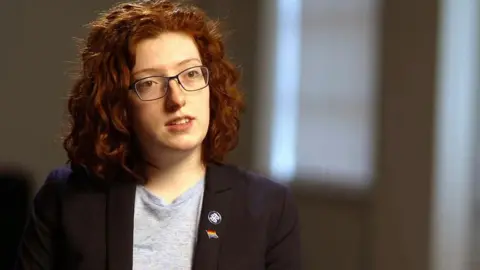 Getty Images
Getty Images
Dr Emma Runswick, of the British Medical Association, is worried about patient safety
But UMAPs chief Stephen Nash says: “It’s not about patient safety, but about protecting their interests. They want us to be subservient.”
He says the deaths like those reported are “absolute tragedies”, but he has concerns about how they are being used to attack a whole profession.
“There is meant to be a no-blame approach to learning the lessons from failures.”
He says when mistakes are made there are often multiple factors at play, but the campaign against PAs and AAs has meant their role has been singled out. “It misleads the public," he adds.
In the end it will be up to the independent review, which is being led by Royal Society of Medicine president Prof Gillian Leng, to establish the truth on this.
Key will be the NHS England database on patient safety incidents, which services across the country report into.
The data for the past year is not publicly available, but a senior NHS source told me: “The key here is not whether PAs are making mistakes – everyone in the NHS does, doctors included – but whether they are making more mistakes and causing more safety incidents than you would expect.
"The reports are complex and nuanced quite often, but there’s nothing in there that immediately rings alarm bells.”
This is not just a row that has been played out on the wards of hospitals and consulting rooms of GP surgeries, it has stretched to the highest echelons of the world of medicine.
While the Academy of Medical Royal Colleges has remained broadly supportive of the rollout of PAs and AAs, a number of the 23 individual colleges it represents have been engulfed by infighting over the issue, leading to resignations.
'Relationships damaged permanently'
The Royal College of Physicians, Royal College of GPs (RCGP) and Royal College of Anaesthetists have all recently moved towards opposition.
One source close to what has been happening at the royal colleges says: “There have been some huge rows – I fear relationships have been damaged permanently. As royal colleges we were always traditionally above the politics of trade unionism.
“There is a group of doctors that see PAs and AAs as a threat – we saw the same when nurses took on extra responsibility years ago.”
The lawyers have also been brought in with UMAPs considering action against the RCGP, believing its opposition has cost some PAs their jobs.
And the BMA has already launched a legal case against the General Medical Council, which next month is due to start regulating PAs and AAs. The union does not want the same body responsible for regulating doctors to do the same for PAs and AAs, believing it will blur the lines even further.
What is clear is that this dispute will not be easy to resolve.
And in the meantime, the staff on the frontline are being left to muddle on.
“PAs and AAs are worried every time they go into work,” says Mr Nash. “A very powerful lobby within the medical profession has turned against them. It’s a really horrible time.”

 6 months ago
33
6 months ago
33
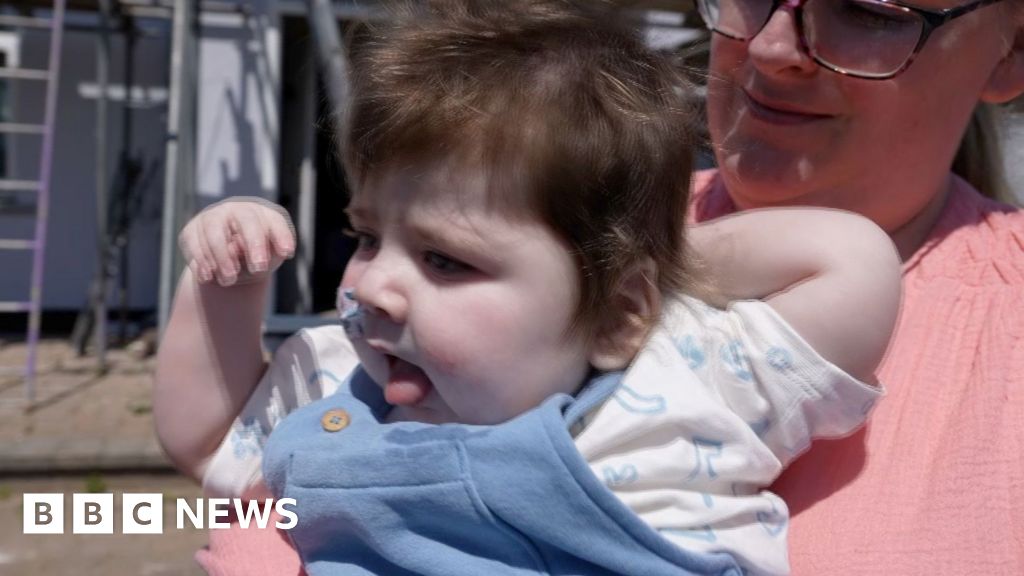
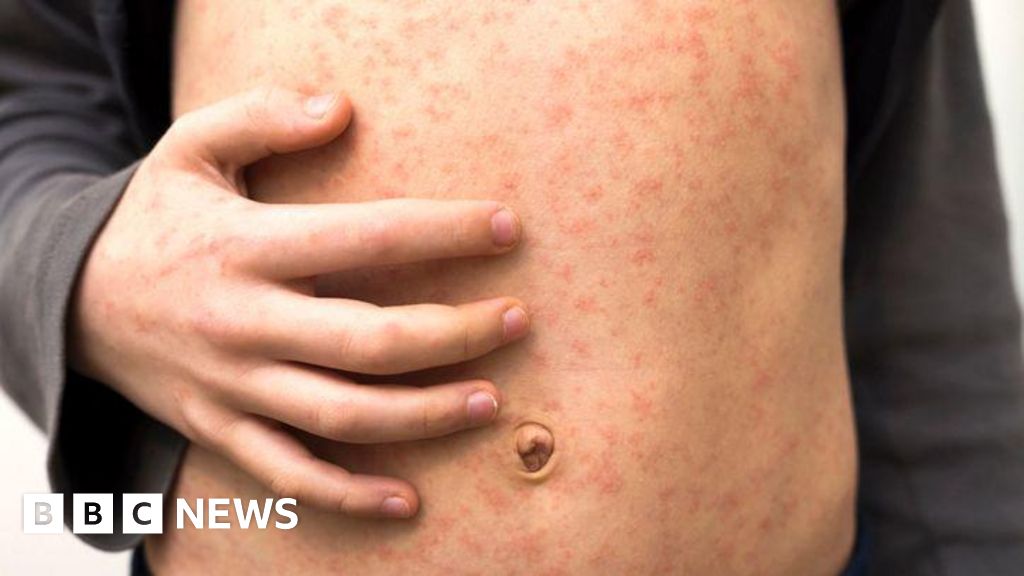
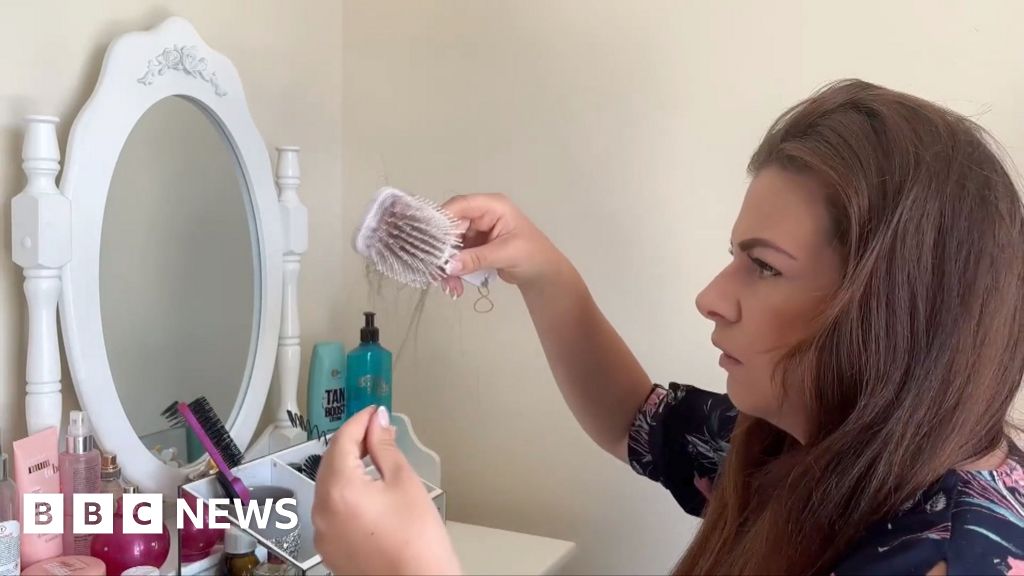





 English (US) ·
English (US) ·